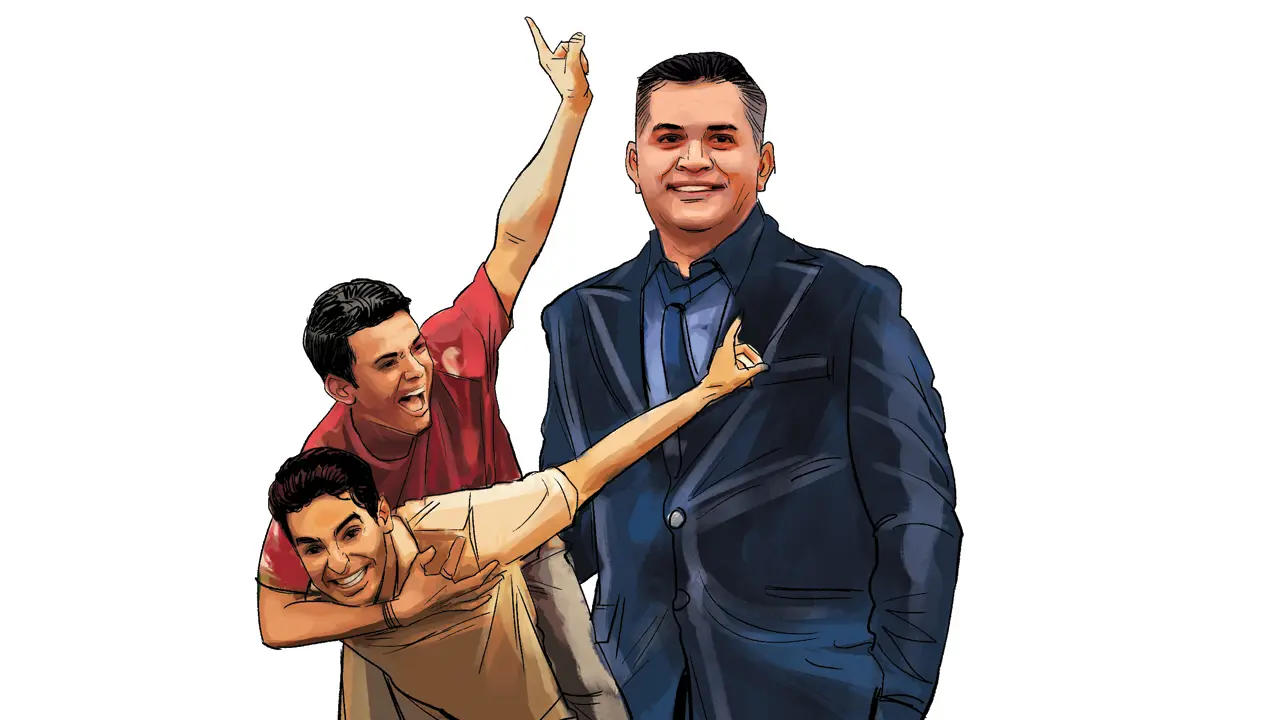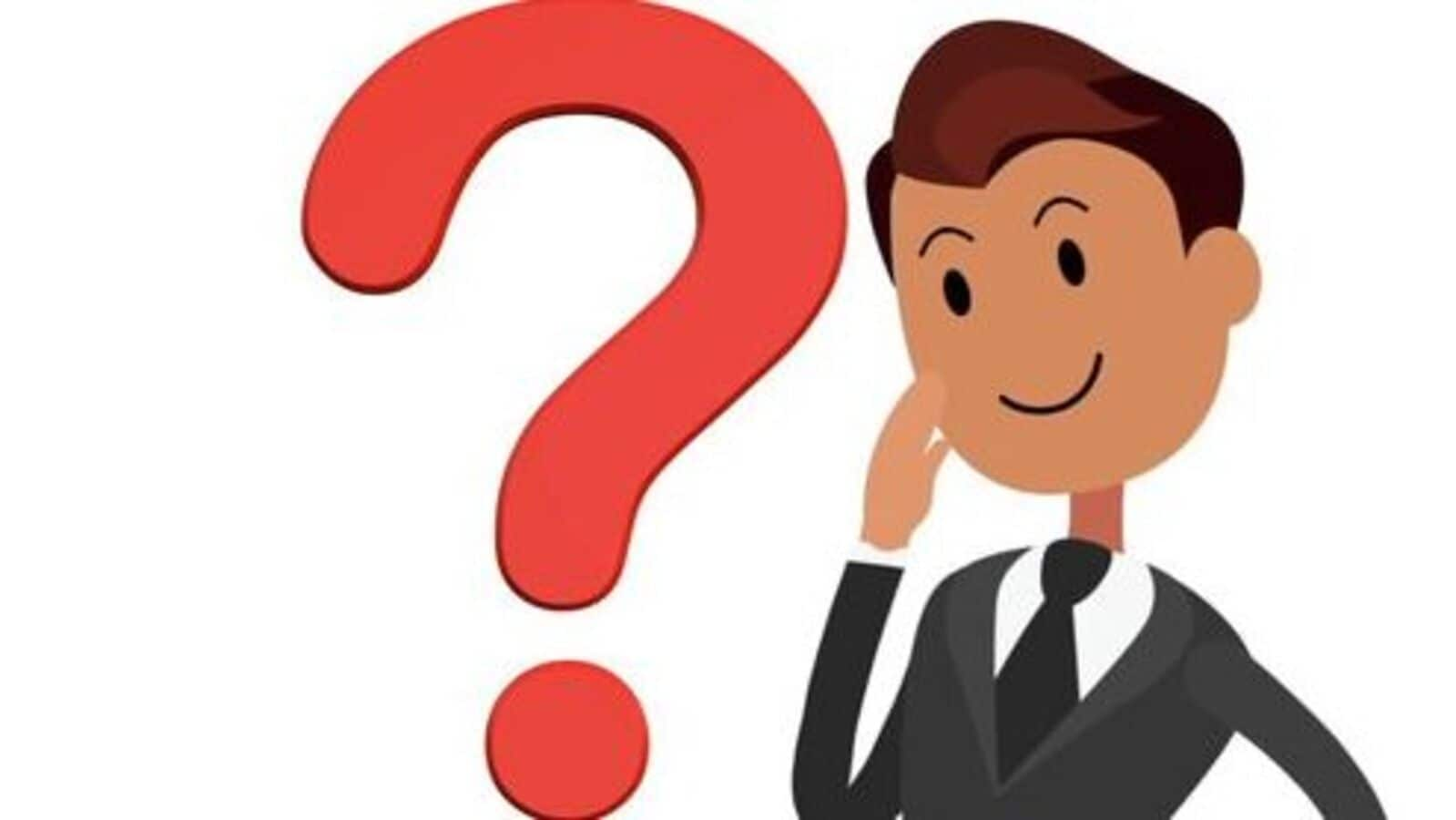[ad_1]
The scheme pays out that amount each month to women in the age group of 21 to 60 with an annual household income of less than ₹2.5 lakh.
News reports suggest that 1.6 crore women have applied for the benefit. If all are paid, it will cost the state government around ₹29,000 crore annually. In fact, the scheme was proposed in late June after the Mahayuti alliance, which governs the state, won only 17 out of the state’s 48 Lok Sabha seats.
On similar lines, the Jharkhand government has launched the Mukhyamantri Maiya Samman Yojana under which women in the age group of 21-50 years will get ₹1,000 per month. Estimates suggest 48 lakh beneficiaries, costing around ₹5,800 crore annually.
The state’s ruling INDIA alliance, which is primarily made up of the Jharkhand Mukti Morcha and the Congress, won 5 out of the state’s 14 Lok Sabha seats.
In Haryana, the Bharatiya Janata Party (BJP) government has launched the Har Ghar Har Grahani Yojana, which caps the price of a cooking gas cylinder for families below the poverty line at ₹500. The difference between the price of the cylinder and ₹500 will be transferred into their bank accounts.
What explains this rush to launch cash transfer programmes? All the three states referred to have assembly elections scheduled this year. In fact, the Economic Survey of 2022-23 had pointed out that as of December 2022, there were more than 2,000 such schemes run by state governments. So, this is not a new trend.
As the Economic Survey pointed out, technology has enabled the accurate identification and targeting of beneficiaries and curbed leaks in the benefit delivery processes.
Indeed, politicians have been quick to pick up on this. By launching cash transfer schemes, they have been able to build a personal connection with citizens.
The best example of this is Madhya Pradesh, which has the Ladli Behna scheme, under which ₹1,250 per month is given to women from poor households. The scheme is believed to have dramatically improved the political prospects of the BJP in the state.
Of course, politicians also understand that people are experiencing economic distress, which the data may not always clearly show. Take the case of retail inflation in July. It stood at 3.5%, the lowest since August 2019. A lot of song and dance happened around this.
But what was ignored is that a fall in inflation does not mean a fall in prices. It just means that prices rose at a slower pace. Also, this was on account of a base effect or inflation in July 2023 being high. This effect will be seen in August too before it reverses in September.
Further, in the last five years, retail inflation was at 6% per year against 3.9% in the five years before that. In fact, in the last five years, food inflation, which forms around 40% of retail inflation, has stood at 7.3% per year against 2.7% per year in the five years before.
Clearly, things have been difficult for the poorer section of the population, which spends more money on food, hurting their spending capacity. Of course, inflation is not the only reason.
As economists Nikhil Gupta and Tanisha Ladha of Motilal Oswal point out: “Rural spending declined for the third successive quarter in April to June 2024, though the pace of contraction was slower.” They further point out that urban spending grew the slowest in five-quarters.
Now, the cash transfer programmes of state governments, other than helping the cause of politicians, should hopefully address this consumption slowdown as well to some extent. But there’s more to it than just this.
First, where will the money for these schemes come from? The total expenditure of state governments has increased from 17.7% of gross domestic product (GDP) in 2018-19 to 19.6% in 2023-24.
Suggestions have been made that state governments could move some of their other expenditure off the budget, as they have done in the past. Or bills can remain unpaid, moving the expenditure to future years. Further, there will be pressure on the Union government to earn higher taxes to be able to share more money with the states.
Second, what incentives does this create for politicians? As Raghuram G. Rajan and Rohit Lamba write in Breaking the Mould—Reimagining India’s Economic Future: “The new Indian welfare state… aggrandizes political leaders more, and for this reason they may have an incentive to skimp even more on the delivery of public services and tilt towards targeted benefits [like cash transfer is].”
For example, creating systems that deliver better education and health takes time, energy, empathy and understanding. It’s just easier to transfer money into bank accounts. So, we will see more of those.
Finally, it raises the question of whether in this quick and disguised way, India is moving towards a universal basic income. The schemes referred to in this piece cover a large part of the respective state’s population, though not all, making them very close to being universal basic income schemes. Indeed, universal basic income by any other name is just that.
[ad_2]
Source link




